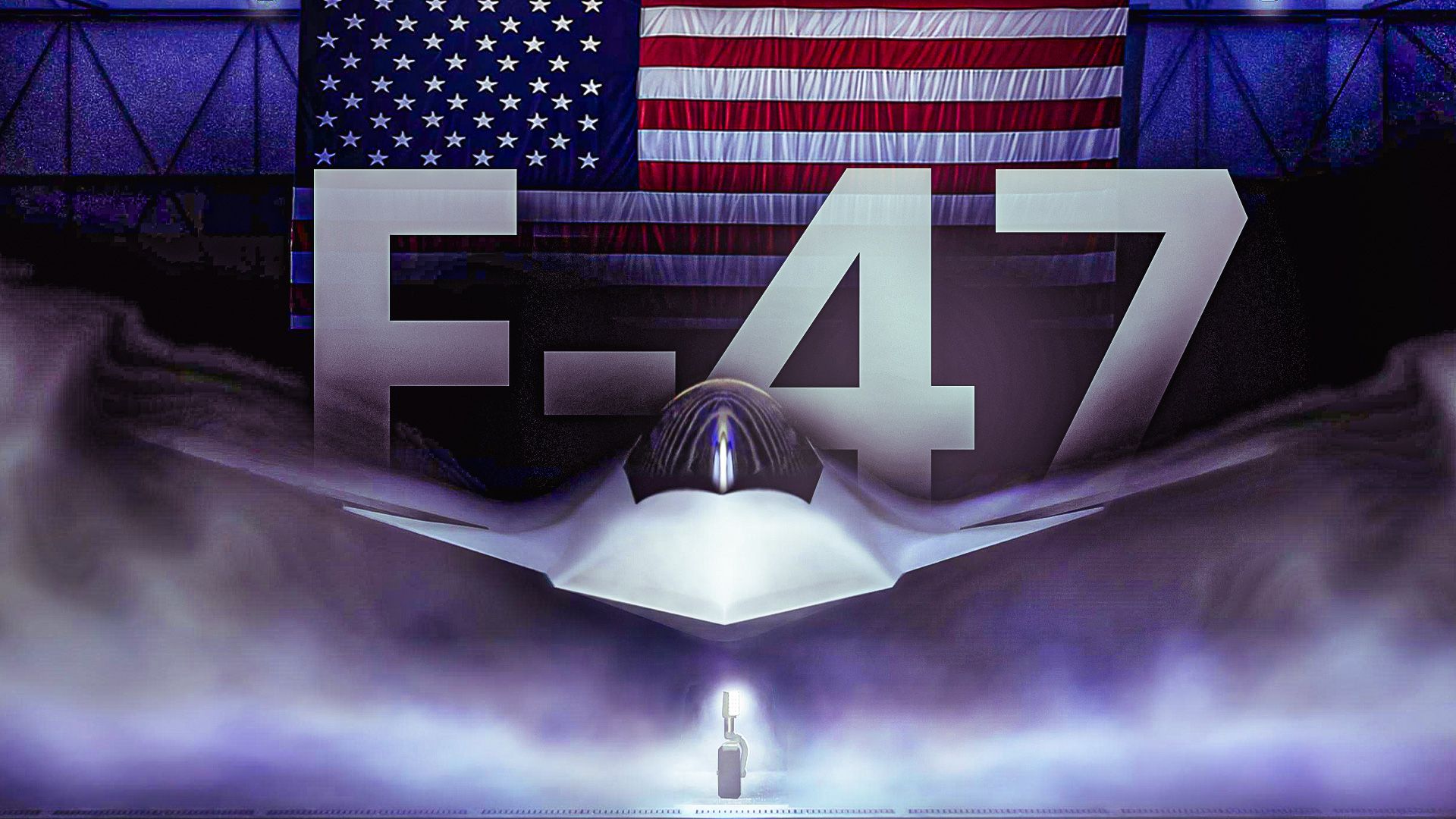The United States Air Force’s announcement in March 2025 that Boeing would develop the next-generation F-47 stealth fighter has significantly shifted the dynamics of the defense and aviation sectors. For years, Lockheed Martin has dominated American stealth design, creating aircraft like the F-22 Raptor and F-35 Lightning II. Boeing’s selection for this pivotal contract marks a new chapter not only for the company but also for the future of U.S. air superiority.
The F-47 program is integral to the Next Generation Air Dominance (NGAD) initiative, representing the most ambitious combat-aircraft project since the 1980s. This initiative aims to maintain U.S. air superiority into the 2030s and beyond, utilizing a combination of manned fighters and autonomous drones, alongside advanced sensor and command systems. The decision to choose Boeing is rooted in strategic reasoning, focusing on diversification of the defense industrial base and the need for accelerated development timelines.
Understanding the NGAD Initiative and Boeing’s Proposal
When the NGAD was introduced, it was positioned as a system rather than just an aircraft. The F-47 is intended to serve as a “quarterback,” coordinating multiple unmanned wingmen, known as Collaborative Combat Aircraft (CCA). This ambitious project aims to create a networked force that can operate cohesively in complex combat scenarios.
By early 2025, Boeing and Lockheed Martin had both presented their designs, each promising advanced stealth, extended range, and superior intelligence capabilities. On March 21, 2025, the Air Force officially announced that Boeing’s F-47 had won the contract. This decision followed extensive evaluations, where Boeing’s proposal stood out due to its high level of digital maturity. The company developed a full-scale “digital twin” of the aircraft, allowing for detailed analysis of its performance and maintainability before any physical prototype was built.
Lockheed Martin quickly adapted, announcing a commitment to enhance its existing F-35 fleet, promising that upgrades could deliver “eighty percent of F-47 capability at half the cost.” This pivot reflects a recognition of Boeing’s achievement and indicates a shift in strategy for Lockheed.
Strategic and Industrial Implications of the F-47 Selection
The Air Force’s decision was not solely based on aircraft design; it also encompassed broader industrial strategy considerations. Pentagon officials have long expressed concerns about the concentration of fighter production capacity among a single contractor. By awarding the F-47 contract to Boeing, the Air Force aims to mitigate the risk of over-reliance on Lockheed Martin, which has dominated U.S. fighter production for decades.
Boeing’s design benefits from a legacy of X-plane testing funded by the Defense Advanced Research Projects Agency (DARPA). These experimental aircraft have explored innovations in adaptive engines, advanced stealth materials, and AI-driven flight control, providing Boeing with a significant advantage in readiness. Furthermore, as geopolitical tensions with nations like China and Russia escalate—each developing their own next-generation fighters such as China’s J-20B and J-35, and Russia’s Su-57M and Su-75—the urgency for the U.S. Air Force to innovate and deliver cutting-edge technology has intensified.
In terms of budget, the Fiscal Year 2026 documents allocate approximately $3.5 billion for continued development of the F-47, marking it as a top priority. This contrasts with the U.S. Navy’s concurrent sixth-generation project, the F/A-XX, which has seen reduced funding as resources shift to support the Air Force’s endeavors.
For Boeing, securing the F-47 contract is vital to its defense sector, especially as the company has faced challenges in its civil aviation division. The contract not only stabilizes Boeing’s defense operations in St. Louis but also enhances its credibility in the industry, attracting a new generation of engineering talent. Lockheed, meanwhile, refocuses on enhancing the capabilities of the F-35 for both U.S. and allied forces.
The F-47 is designed to meet several critical technical and operational requirements. The Air Force has emphasized the need for deep-penetration stealth, with the aircraft expected to feature advanced radar-absorbent materials and adaptive intakes to minimize radar detection. Additionally, the F-47 will work collaboratively with unmanned aircraft, extending its operational reach and capabilities.
Key specifications of the F-47 include a combat radius of over 1,000 nautical miles and a projected top speed exceeding Mach 2. The platform is designed for modular upgrades, allowing it to adapt to rapid technological advancements without extensive redesigns. Initial flight tests are targeted for 2028, with operational capability expected in the early 2030s.
As Lockheed Martin pivots to modernizing the F-35 into a “fifth-generation-plus” aircraft, it continues to position itself as a leader in the global fighter export market. This strategic shift underscores the evolving landscape of military aviation, where Boeing now leads the charge in developing sixth-generation technology.
The F-47 program not only represents a technological advancement but also a significant reshaping of the U.S. defense industrial base. As Boeing prepares to scale up production and modernize its facilities, the collaboration between manned fighters and unmanned systems may redefine tactics in air warfare. The F-47 sends a strong message to both allies and adversaries: the United States is committed to maintaining its technological edge in the skies.
